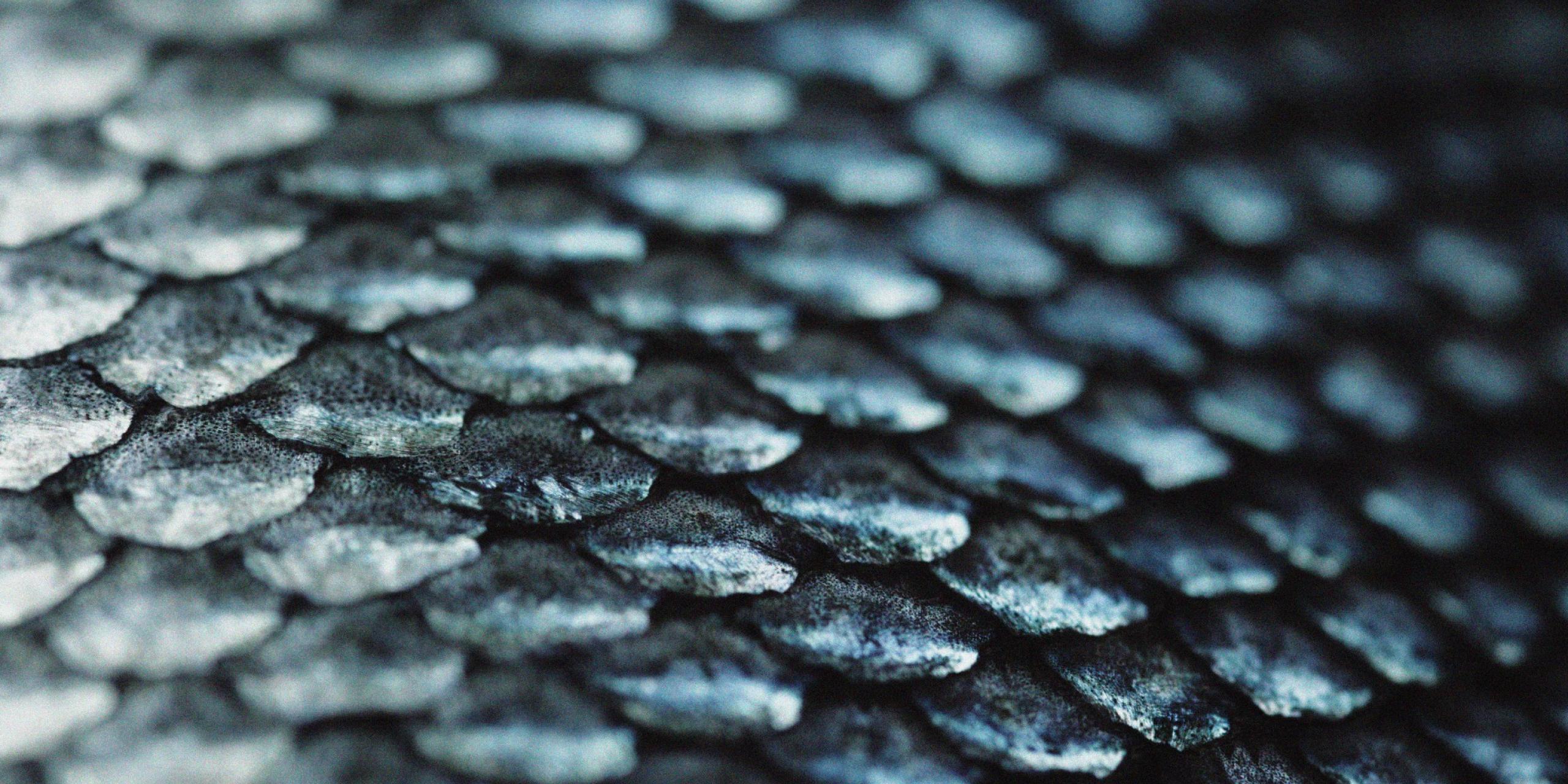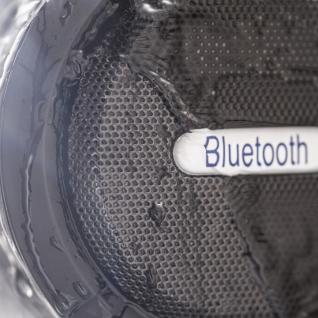
Wear fish
The Nordic countries are proud to be at the forefront when it comes to the green technologies of the future. But they are not scared of the past either. For centuries fishermen from Iceland and the Faroe Islands have used fish leather for durable shoes and accessories. Nowadays these very same nations are trying to spark a revival of fish leather with new events that promote it and all its sustainable qualities.
And it seems to be working. There have been recent fish skin products in the fashion boutiques of Paris, made by luxury brands such as Dior, Jimmy Choo, Prada and Alexander Wang. This time around, fish leather is for fashion brands with a conscience. And it comes from a Nordic tradition for innovation coupled with sustainability.
Like all great innovations, it is not just a gimmick.
Although it is quite thin, the alignment of fish skin fibres runs in a criss-cross pattern, as opposed to the parallel pattern in mammals. This makes fish leather much more durable. Fish leather also has the benefit of being a by-product of the fishing industry, up-cycling raw material that would not be used otherwise.
This is a huge benefit, since the clothing industry is a larger polluter than many people are aware of. Traditional textile manufacturing uses enormous amounts of water and releases many toxins into the environment due to the chemicals it takes to dye and colour fabrics.
Change fashion – change everything
An industry so dependent on global tendencies also has the power to shift things around. And in the past 10 years, more and more fashion pioneers have been coupling their aesthetic message with a message of sustainability.
The fashion boutiques of Paris are a good start, and it looks like things are not going to end there. Nike recently jumped on the bandwagon with a shoe made of fish leather.
A little more info
- Salmon and cod have fine scales and a soft, tactile feel. Wolf fish leather has a tougher feel with peculiar dark markings instead of the scales.
- Read more about how brands like Prada, Dior and Nike are finding a fashionable new purpose for fish skins.
- In August 2017, the Faroe Islands hosted the Blue Fashion Challenge, in which 10 Nordic Designers competed to unleash the full potential of marine bioeconomy. This event seeks to explore how fashion designers from Nordic countries can contribute to a more sustainable textile industry, by promoting the use of materials that are bio-based and abundant in marine environments. Read more
- The Danish Fashion Institute has launched Copenhagen Fashion Agenda with a yearly summit – and large companies are starting to follow the small independent designers into a new “fashion normal”, where the environment, human rights and sustainability are beyond next-season fluctuations. Beyond that, all Nordic countries have collaborated on a vision for the fashion and apparel industry. The vision works within five areas that are critical for our planet and the people who live on it - but also make good economic sense. NICE (Nordic Initiative Clean & Ethical) 10-year plan. Read more



